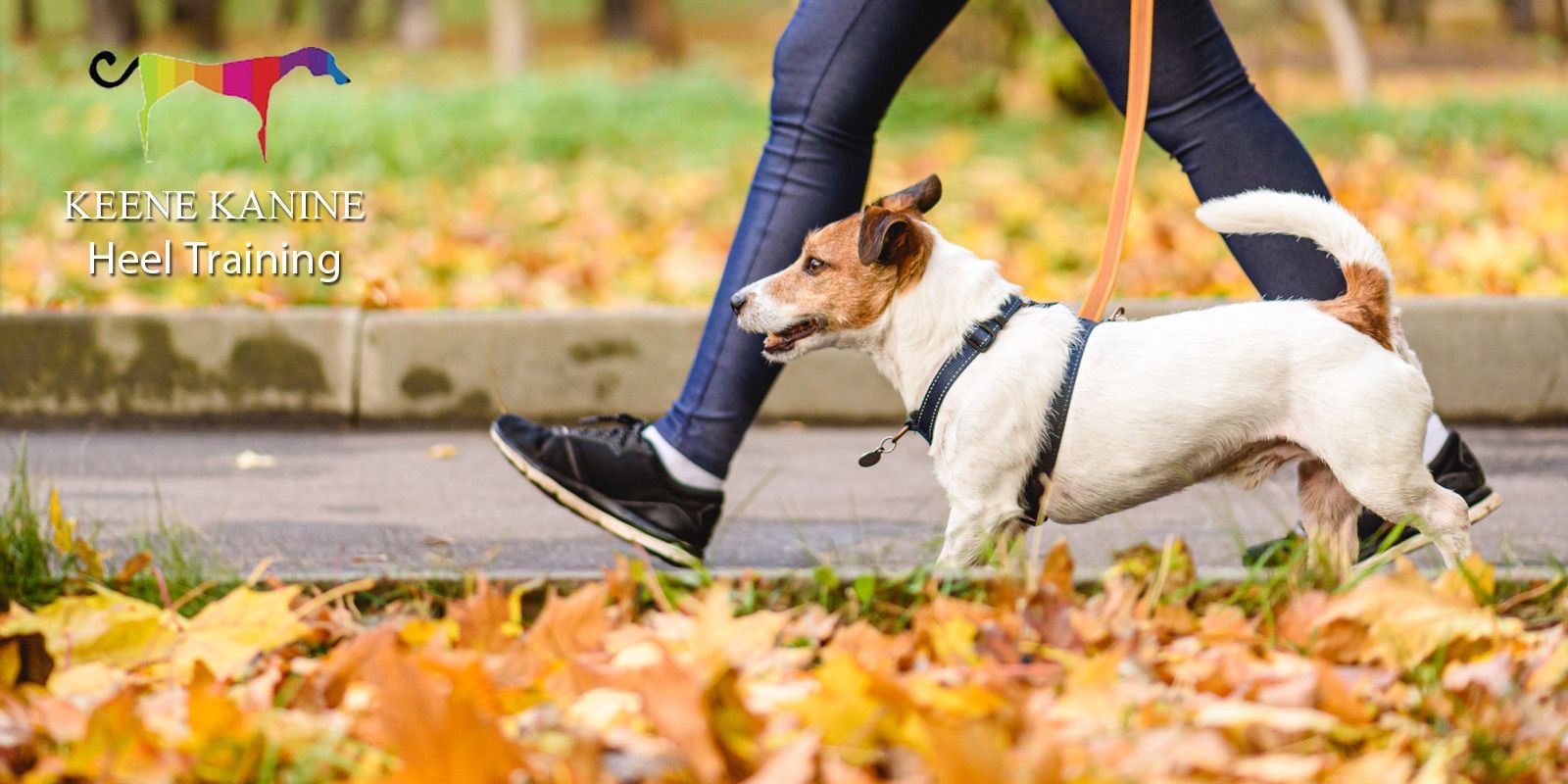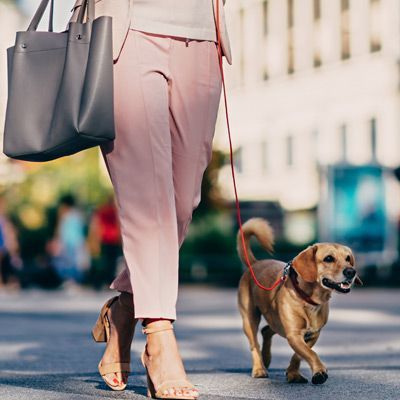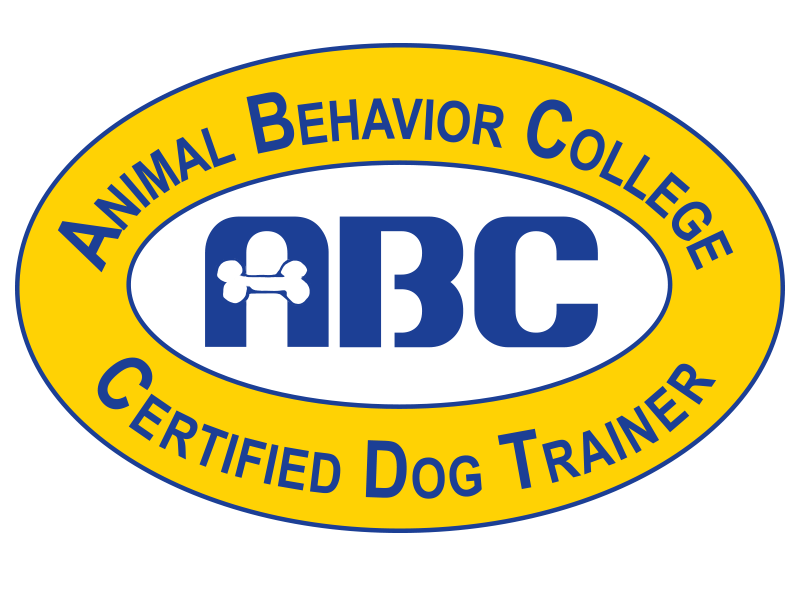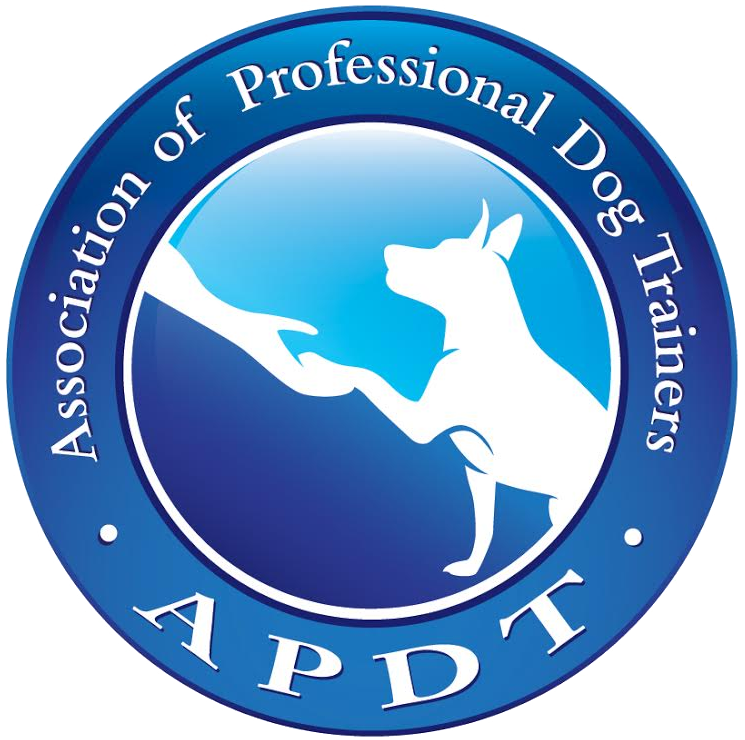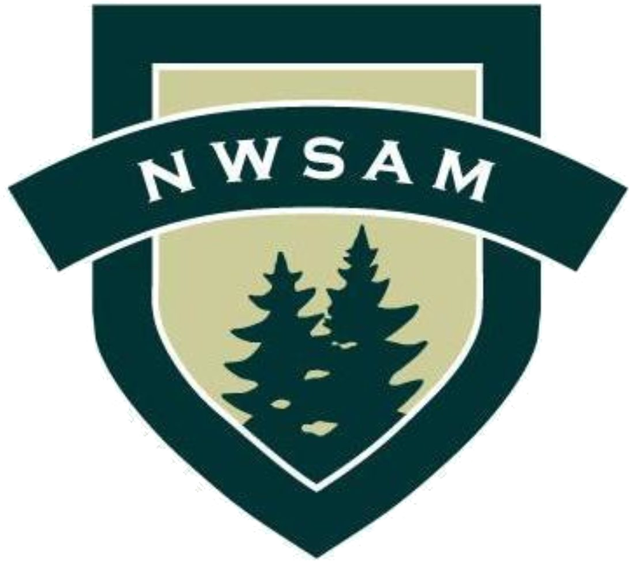Dog Heel Training by Maureen Keene of Keene Kanine
I like to make heeling training fun and pleasant and something a dog perks up to when he hears the word. Then he is happy to heel by my side and make me look good as we walk together in tandem. If this sounds fun and you want to teach your dog to heel, please contact me.
-Maureen Keene, Heeling Dog Trainer
Heeling Trainer for Dogs in Long Beach and Serving all of Nassau County, NY
Watching a dog heeling properly close to its owner while walking on` a busy street is a majestic sight to see. But unfortunately, this is a skill that most dog owners need help to achieve with their dogs. If people knew how easy it was to acquire this skill, many more people would enjoy having their dogs heel nicely on a leash. I can teach you and your dog that skill to coordinate together, and you'll be able to reach into your pocket and utilize it when the moment requires.
When might one need a dog to heel? In these cases being able to command your dog to heel would be very helpful.
- When in a busy, crowded area or an area with very narrow sidewalks.
- Quite possibly in an urban area near commerce and lots of passersby
- Perhaps your dog is with you doing some service, and there are other dogs in your area
What exactly is it when a dog is heeling on the leash? That is when the dog walks close to your left knee and does not advance in front of you or your knee. Unlike loose leash walking when they walk where they want, this is a formal exercise.
Of course, the dog heeling next to its owner is not allowed to pull towards triggers either, but he is more focused on the position of being next to you and walking closely by your side. This is advanced training for when a dog understands clear communication.
He must also understand our commands and be able to work around distractions. Indeed distractions are usually the main reason an owner would first command a dog into a heel position.
Advantages of Having A Dog Trained to Heel
Imagine walking down a quiet street, relatively empty of people with few passersby. Your dog is walking nicely on a leash, sniffing ahead of you, not pulling, simply walking along nicely, wandering a bit, and enjoying the pace.
Now you see that you are about to cross the street into a busy area with shops, restaurants, outdoor tables, and people with other dogs. This is obviously a time and a place where you would want your dog to be under perfect control and be able to walk nicely by all these distractions without missing a beat.
Having a heel command in your pocket to be able to pull out when you need it for your dog is a lifesaver in a situation like this. Now you'll command your dog into a heel position before you cross the street into the busy area. But first, you will ask your dog to sit and stay, as these are elementary terms for a well-trained dog.
Then as you firmly say the word HEEL, you deliberately lift your left foot forward, first indicating to the dog that it's time to get going on our heel walk. You will also be holding the leash tighter with less slack. Your dog will not be pulling on it because he understands what we are doing right now is heeling.
You will be able to cross the street and walk into the crowd without him dodging to and fro because he's doing his heeling exercise. I also recommend engaging with the dog and saying good heel as you walk along to address his listening to your command.
I like a shorter leash for heeling. If you're heading into the city and are planning to be in busy areas the entire time, a shorter leash is handy. This way, you don't have to hold onto a lot of slack leash. I never condone or recommend retractable leashes here or in any verbiage I put out.
I always start heel training indoors instead of outside, in a world of no distractions. I always like to work with a very engaged dog and possibly in a treat or food-driven state when I introduce a brand-new concept. Then I will put the dog on a leash and get them sitting and staying beside me.
If possible, I also like to start against a long wall with the dog on the side next to the wall. A hallway can work very nicely. I want to push the dog into the wall slightly so that as I'm walking next to the dog, he is not walking far from me but walking very close to me as we are walking next to each other and heeling next to a wall together.
The exercise is short initially, sometimes only a few seconds, and you can walk and heel only 20 feet. When they stop, they should still be next to you, facing straight ahead, and go into a sit and stay.
Then with the left foot leading the way and saying HEEL, I advance excitedly, keeping the dog at my knee on a short lead, saying heel, good heel, and then I stop and say sit and stay, and then I reward.
I like to reward in the end, if the walk is short and they understand that they will get a tasty reward when it is over. Sometimes, however, I will use the rewards along the way with the heel keeping the reward in my left hand since they are on my left side.
I may drop the rewards or give them from my hand, or I may not reward them and use food as a lure. In the experimenting and trial and error of any Dog Training, we determine what to do in this case.
I like to make heeling training fun and pleasant and something a dog perks up to when he hears the word. Then he is happy to heel by my side and make me look good as we walk together in tandem. If this sounds fun and you want to teach your dog to heel, please contact me.
Contact Maureen for a Dog Heeling Training Consultation!
I will help you develop clear communication and commands with the skill level to have your dog listen to you around distractions. You will learn to teach new words and commands as the need arises in your world with your dog.
Indeed, successful heeling results most of all from your dog's desire to make you happy and be with you. Is heeling with your dog a skill you want to have in your back pocket?
Right about now, your dog probably needs a new job, and that job could be learning a new skill. What a wonderful way to show your dog who the leader is while you show him the world at the same time!
Let's introduce your dog to Maureen and see just how well they get along!
Please contact Keene Kanine today!
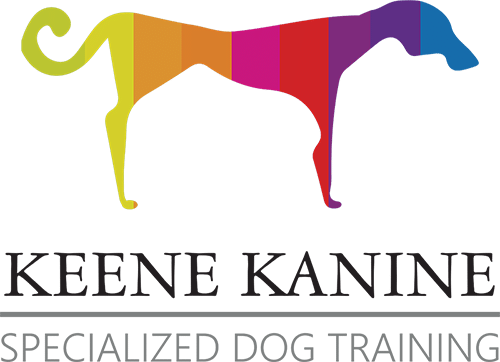
Maureen Keene
Keene Kanine
Long Beach, NY 11561
(516) 633-5201
Business Hours
- Mon - Fri
- -
- Saturday
- -
- Sunday
- -
Copyright 2020 All Rights Reserved. Art Licensed by Shutterstock©

